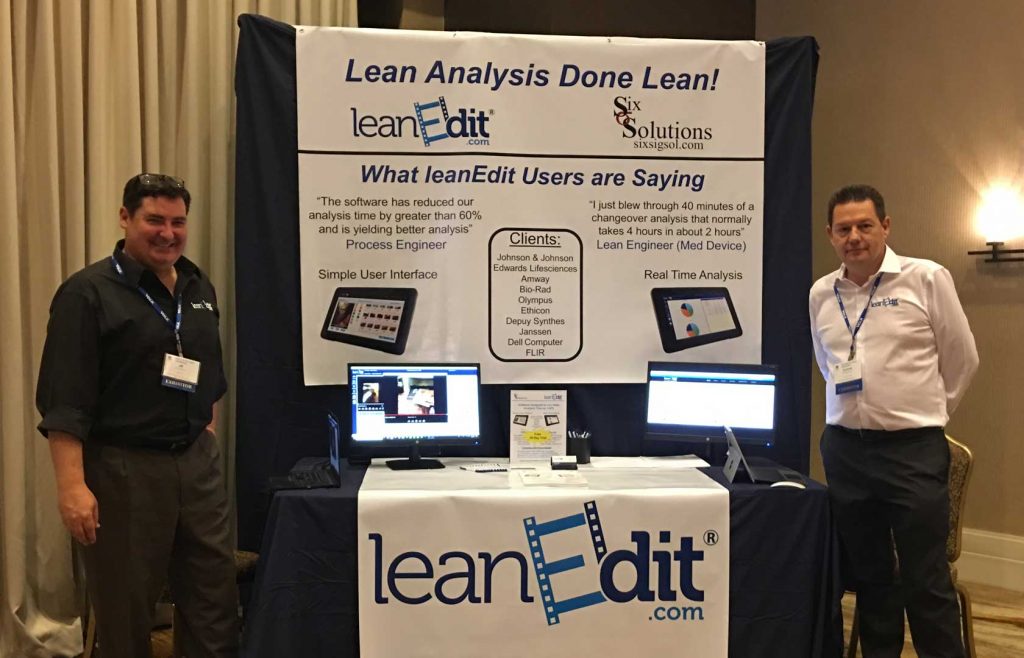 Some inventions have been with us forever. Wheels, knives, forks, furniture and roads are just a few examples. The “key” is one of them. Keys were first used in Ancient Babylon and Egypt in the form of wooden pins used for opening locks. Over the centuries the key has taken many forms and has served many purposes from starting cars to opening doors. I didn’t have a locker at school but I was desperate to have one. There’s something about having that private space where books, chewing gum wrappers, blunt pencils, incomplete homework and rotting food reside and only you can access. The key is the device that unlocks the magic (or the smell depending what was left in there!). Why then, are we in such a desperate hurry to replace it with Lean technology?
Some inventions have been with us forever. Wheels, knives, forks, furniture and roads are just a few examples. The “key” is one of them. Keys were first used in Ancient Babylon and Egypt in the form of wooden pins used for opening locks. Over the centuries the key has taken many forms and has served many purposes from starting cars to opening doors. I didn’t have a locker at school but I was desperate to have one. There’s something about having that private space where books, chewing gum wrappers, blunt pencils, incomplete homework and rotting food reside and only you can access. The key is the device that unlocks the magic (or the smell depending what was left in there!). Why then, are we in such a desperate hurry to replace it with Lean technology?
During a recent visit to a well known theme park I was lining up to experience one of their most popular thrill rides. As we entered the attraction we stumbled over a locker room. A great idea I thought, since I was the official pack mule for the day. A place to unload, decant, and disassemble myself with security and peace of mind! I quickly realized as I was making my locker selection that this was no ordinary locker room. Instead of the archaic, medieval, simplistic key there was a modern, high tech, state of the art booth ready to accept fingerprints and the credit card of choice! Always willing to experiment and experience new gadgets I jumped at the opportunity of playing secret agent. Unfortunately after several tries the fingerprint scan failed to read my profile and I was left helpless with a line of technology hungry tourists impatiently growling behind me. Before I had time to fret along came a theme park employee ready to assist. He politely darted in-between me and the unit and proceeded to enter a series of “top secret” commands before flying over to the next booth like a grounded version of Superman to save another stranded member of the human race. I proceeded to repeat my bio-transaction, this time my indentations were in alignment and the locker popped open.
So is the key threatened with extinction? I’m not sure, but here is something I am sure about. Lean technology doesn’t always work. From a Lean thinking perspective the fingerprint controlled locker room is definitely a step in the wrong direction! Let’s examine the facts. In the stone age locker room where keys are used to open and close the cabinets the process for selecting and occupying the spaces was cheap, simple, reliable and intuitive with no need for any kind of emergency hotline or on-the-ground technical support. In the advanced tech version of the same, the cost to purchase and install the lockers is dramatically higher and the unreliability of the technology requires a full time troubleshooting technician to keep the area running! This is a classic example of how automation has actually increased the costs and decreased the efficiency of an operationwhere the initial goal was the complete opposite. We are always looking for ways to decrease labor content and human intervention but in this case the labor content required to run the process went up from zero to one, really an unforgivable step. Add to it the cost of maintenance and spare parts and the business case is dead and buried.
There are similar scenarios, however, that do increase productivity. The self checkout process in the supermarket may seem analogous but in that case the ratio of machine operators (checkout attendants) was one to one when they were operating their own checkout. With the self checkout kiosks in place only one attendant is required to oversee four stations therefore reducing the labor content by 75%. In this situation the improvement is viable even taking into account some maintenance load since three operators have been removed. By the way, world class is between twenty and thirty machines to one operator. In order to reach this bar the thinking needs to be injected way up stream and Lean principles applied to equipment early in the design stage.
The default remedy of automation and technology is a very dangerous concept. It’s power is without question but like Darth Vader’s “Force”, if used in the wrong way it can facilitate a deterioration in processes and services very quickly. The high tech locker room is an admirable idea and could work well once the reliability and usability problems are eradicated but until then redeploy the attendant and go back to Ancient Babylon!



